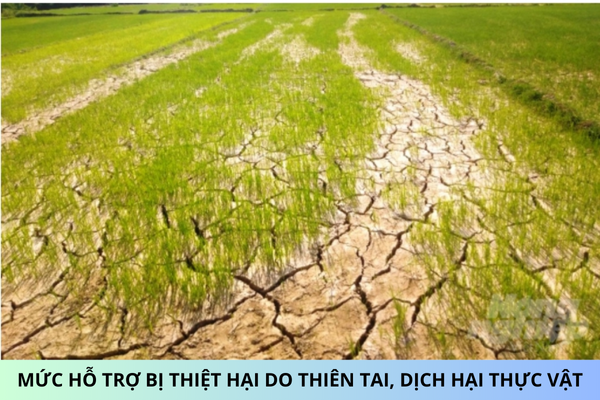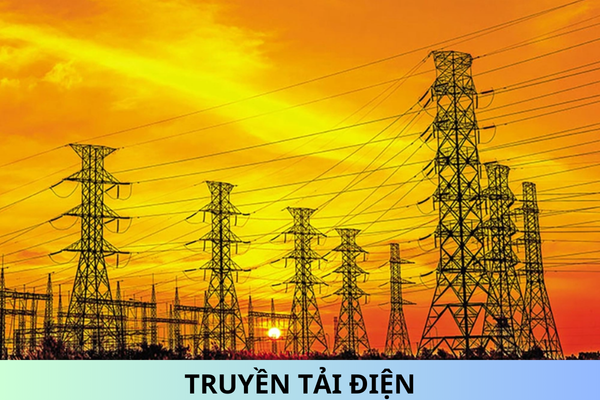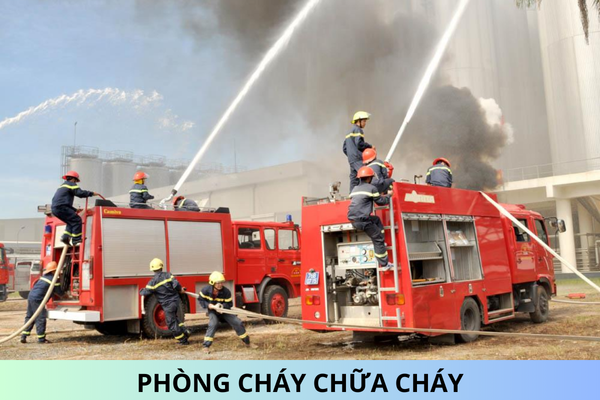Regulations on Calculation Methods for Determining Water Levels for Flood Warning Levels
According to Clause 5, Article 5 of Circular 14/2021/TT-BTNMT (Effective from October 15, 2021) regulating the collection of meteorological, hydrological, topographical, and socio-economic and infrastructural data, the following methods are applied:
Calculation, restoration, and extension of data series are to be carried out using one of the following methods:
a) Using the analogous basin method: selecting an analogous basin with similar climatic conditions; exhibiting synchrony in flow fluctuation over time (having a correlation relationship during the parallel measurement period); homogeneity in flow formation conditions, geology, soil, hydrogeology, forest, wetland ratio, and cultivation conditions in the basin; absence of factors altering the natural flow; an area ratio not exceeding 5 times, and a mean basin elevation difference not exceeding 300m; surveying the synchronized changes in flow fluctuation of one or several analogous basins and the calculation basin based on empirical years, then selecting the basin with the long and synchronous observation period as the analogous basin; establishing the basin correlation relationship; the correlation relationship can only be used to restore the flow when the correlation coefficient ≥ 0.8;
b) Hydrological and hydraulic calculation model method: based on meteorological, hydrological data, and terrain, geology, cross-section conditions, selecting a mathematical model to extend the series of water level and flow data from rainfall. The steps include: selecting the rainfall data series; establishing the model; calibrating, verifying the model for representative flood events; calculating and extending the series of flow and water level data from the rainfall data series;
c) Using another method (if any): as per specific project requirements and decided by the competent authority.
Sincerely!










